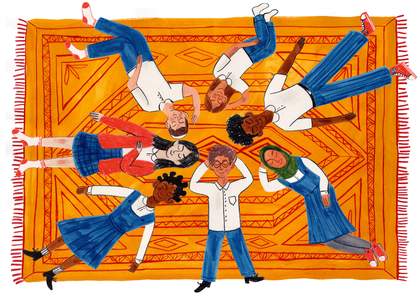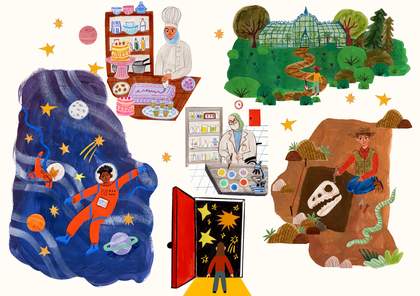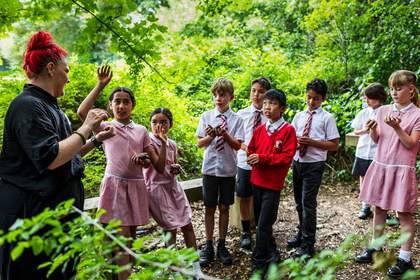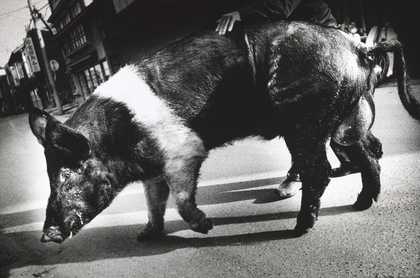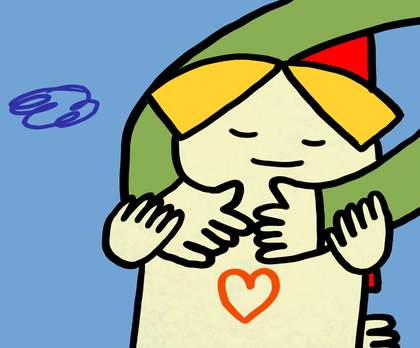We invited teacher Mia Bano to explore Tate’s collection and select an artwork that could inspire creative activities and meaningful discussions about mental health and wellbeing.
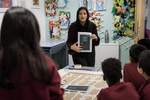
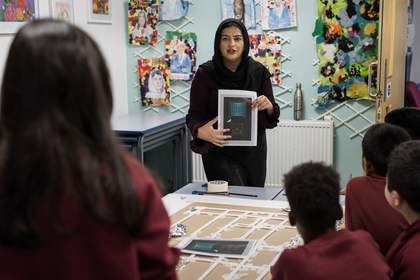
Teacher Spotlight: Parviz Tanavoli
Explore conversations around mental health and wellbeing using prompts and activities devised by teacher Mia Bano
About Mia Bano
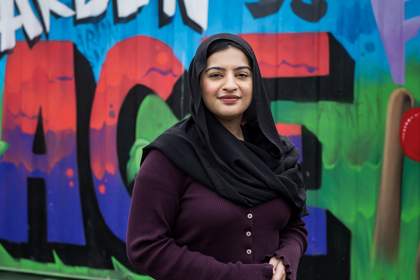
Photo © Hydar Dewachi
Mia Bano is a Primary Class Teacher and a Visual Art and Oracy Lead at an Artsmark Platinum school in Birmingham. Being an advocate for the arts, she passionately shares her implementation of curating a powerful art, craft and design curriculum with educators across her growing network through lectures, publications and professional development training. In 2023, Mia was awarded 'Primary Teacher of the Year' in the national Pearson Teaching Awards. Mia is part of the NSEAD’s (National Society for Education in Art and Design) Anti-Racist Art Education group.
About the artwork
-
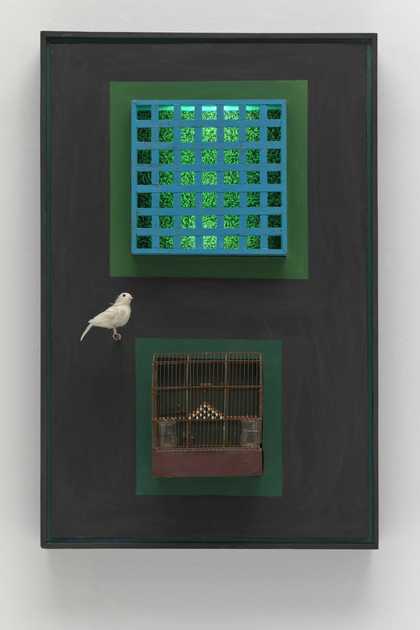
Artwork
Cage, cage, cage
Parviz Tanavoli1966 (repaired 2009)
Parviz Tanavoli is a sculptor, painter, educator, and art historian. He makes sculptures and artworks that explore Persian history, culture, calligraphy and symbols, as well as ideas of freedom and love. Tanavoli’s extensive collection and research on Iranian artefacts, such as carpets, inform his artistic output. An avid collector, he is also interested in locks, which he believes to have protective powers; birds; poetry; mysticism and religious stories.
"Tanavoli’s use of symbolism, in the depiction of birds and cages, encapsulates themes of identity, love, freedom and confinement."
Mia Bano
Starting Points
The prompts below, devised by Mia, model the different ways she would approach supporting her students to explore the themes in Cage, Cage, Cage.
"Cage, Cage, Cage is incredibly powerful in nurturing learners to reflect and share a window into their world...their own landscape..."
Mia Bano
- What imagery can you see in the artwork, and what might these symbols and motifs be representing?
- Can you think of what themes are being explored when you observe the bird, the cage, and the window?
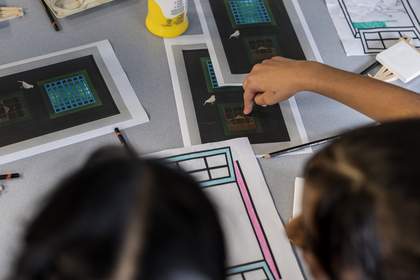
Photo © Hydar Dewachi
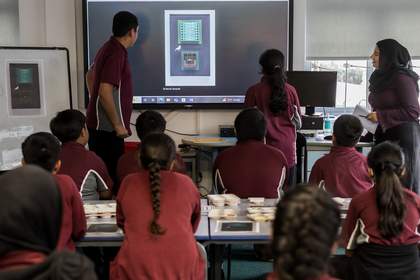
Photo © Hydar Dewachi
- What could Parviz Tanavoli be symbolising by including a small cage and a large window? Do you think their different sizes reflect their importance or significance?
- Does the composition direct your eyes to anywhere in particular? Why might the bird be perched outside and in between the cage and the window?
- What feelings or emotions does this artwork evoke in you?

Make
In this set of activities devised by Mia, students are invited to try out a breathing exercise, create a sculptural artwork of their own that expresses their identity and share with others a ‘window’ into their world.
“At the top of the bird cage where the bird is free, there's a window. I would ask the children - what would be the landscape? What would we be looking at within that window...?”
Mia Bano
You Will Need
- A large, strong cardboard base
- Paper straws
- Tinfoil
- Selection of paints
- Mini canvases
- Scissors
- Masking tape
- PVA glue
- Pencils
- Paint brushes
Setting the atmosphere
Duration 5 Minutes
- Collectively do a breathing exercise. If there's one your class enjoys, feel free to use it. If you'd like inspiration, Mia's suggestion is below.
- After you finish the exercise, think about somewhere you feel free, calm, or peaceful. Maybe it’s your bedroom, or a garden, or when you sit outside under the stars. If you can’t think of a place, think about how you feel during these breathing exercises: how would you represent that feeling through art?

Photo © Hydar Dewachi
"As a whole-school approach, we enjoy using 'Rainbow Breathing'. We model this by stretching our arms out as wide as we possibly can. We then inhale and begin to slowly raise our arms over the head to 'draw a rainbow'. As we exhale, we lower our arms down the other side. We usually repeat this activity until we have formed 3-5 rainbows."
Mia Bano
Create a cage
Duration 30 minutes
- On the cardboard base, lightly sketch a bird cage structure.
- Cut out the paper straws and attach them to the sketched bird cage structure using masking tape.
- Layer PVA glue over your birdcage structure and smooth on tinfoil, adding depth and dimension.
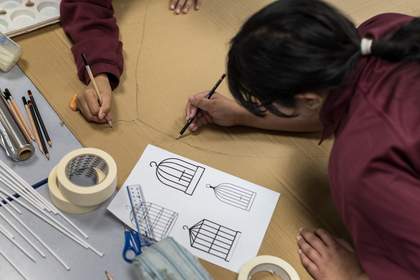
Photo © Hydar Dewachi
Adapt
Use visual picture prompts of bird cages. Here are some from Tate's collection:
Photograph of a bird in a cage entitled, ‘The caged bird sings’, Eileen Agar
Interior/Exterior Landscape, Mona Hatoum
Create a bird
Duration 30 Minutes
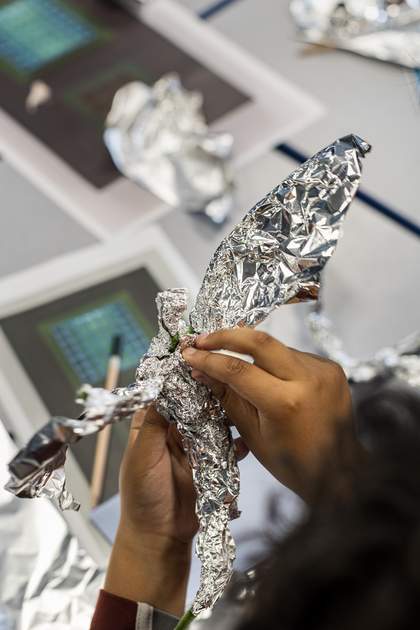
Photo © Hydar Dewachi
- Shape and mould the tin foil into your desired bird form using your hands.
- Create wings, beaks and detail by crumpling smaller pieces of tin foil.
- Apply a small amount of PVA glue onto your birdcage structure and gently place on your tinfoil bird sculpture.
Create a window
Duration 30 minutes
- Draw your ideal dream-world or landscape onto your mini canvas, representing a ‘window’ into your world.
- Using your paintbrush, carefully layer on paint to fill your mini-canvas with colour.
- Once dried, attach your ‘window’ above your birdcage structure.
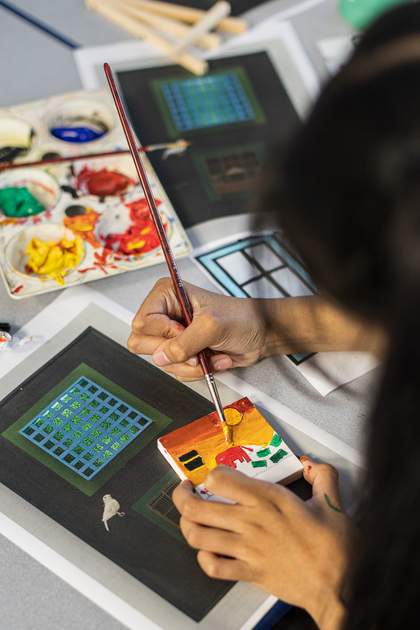
Photo © Hydar Dewachi
“I believe sharing is as important as the process of creating...being able to have that opportunity to express their interpretations surrounding their artworks.”
Mia Bano
Share and display
Duration 30 minutes
- Share your birdcages and dream-world landscapes with each other. Where would you feel free? Where do you find your calm, your peace, your serenity?
- Create a display for your birdcages. Set them up somewhere you can easily change the landscape background, so you can have a different window a day. Every day a different child can explain why that's their window and why it's so meaningful and important for them.
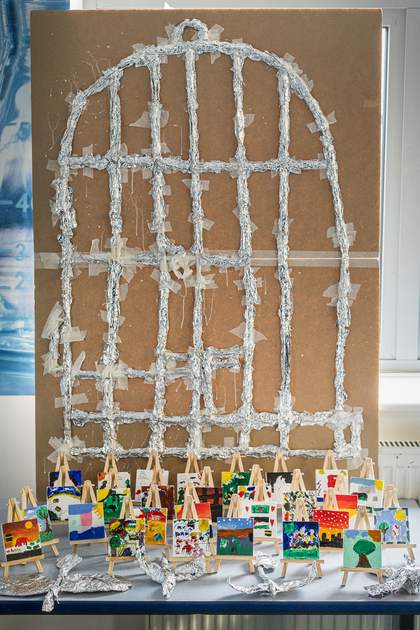
Extend
Duration: 30 minutes
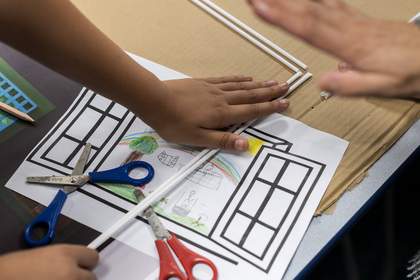
How could you play with the elements of your artwork to shift their meaning and create additional detail and depth?
- How could you alter the cage? Explore creating different shapes for your bird cage structure. It could be a rectangular form or a circular shape. Can you use the tinfoil to include additional detailing to your sculpture, such as doors, hinges, a roof or a perch? You could layer over foil or even collaged tissue paper to add texture to your cage.
- Experiment sculpting tinfoil birds which convey various expressions through movement and gesture, e.g. spreading its wings or curling up in a ball.
- Could you create a window onto a different dreamworld? Parviz Tanavoli uses imagery that reflect his Iranian culture and Persian history and poetry. What symbols and motifs can you include in your artwork that celebrate your identity?
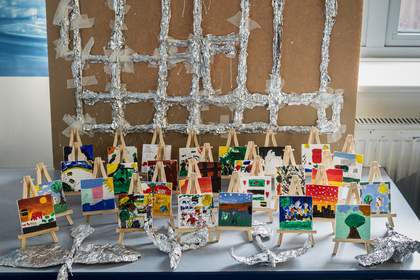
Make it Sensory
Additional options for Sensory Learners
Drawing inspiration from Oswaldo Maciá's Something Going On Above My Head, consider playing birdsong in the classroom while your students explore images and materials, or play films of birds in flight.
While making the birds out of tinfoil, take time to explore the material and all its possibilities - its texture, the sound it makes, the way it can hold its shape. What happens when you colour the tinfoil, or add additional textures to it? Or try shining flashlights on the birds and watch the patterns they make on the walls.
Are there other ways your students could express their dream-worlds? Maybe you could ask for images of favourite spaces and project them in the classroom, or make a collage of everyone's special places. What effect might displaying those images in the classroom have?
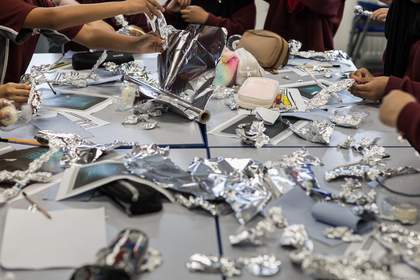
Mia's Picks
Mia has selected additional works from the Tate collection that relate to mental health and wellbeing. Use them as inspiration or bring them into your classroom.
-
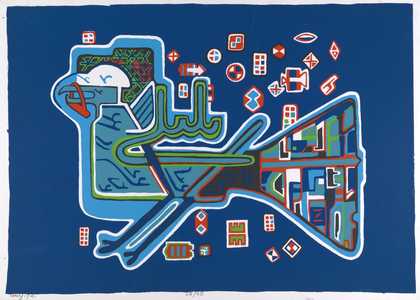
Nightingale
Parviz Tanavoli1974 -
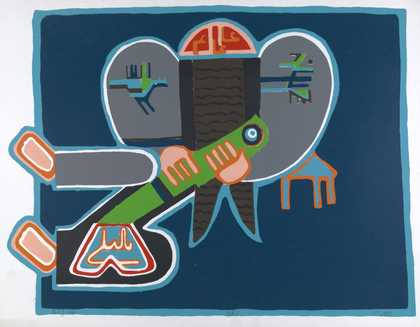
Poet and Bird
Parviz Tanavoli1974
-
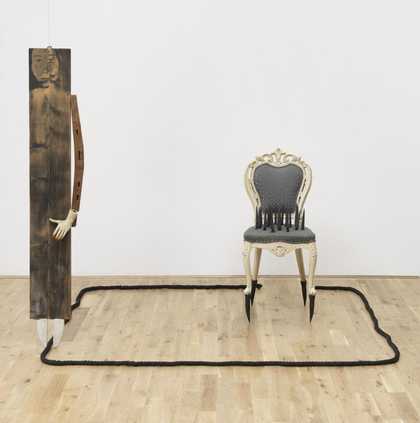
Being Restricted I
Yun Suknam1995 -
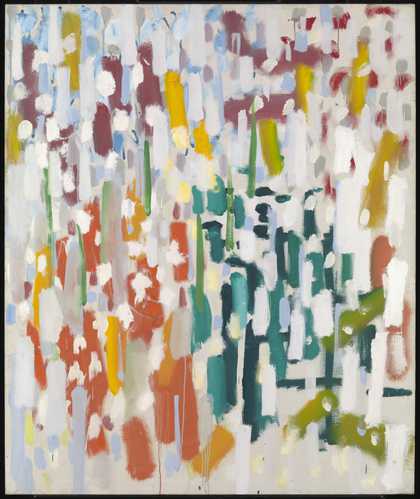
Azalea Garden : May 1956
Patrick Heron1956
How to use Teacher Spotlights
This resource offers a modular flexible approach: use the prompts and activities as a full sequence of lessons, choose a single idea to adapt for your classroom.
Teacher Spotlight resources are designed to increase your confidence in using Tate’s evolving collection to engage with big conversations in your classroom. Each resource is co-created with an expert teacher and shares real world examples of how they have successfully used the artworks in their teaching.
You are invited to draw inspiration and nourish your practice by seeing how other teachers approach working with artists and artworks in the classroom.

